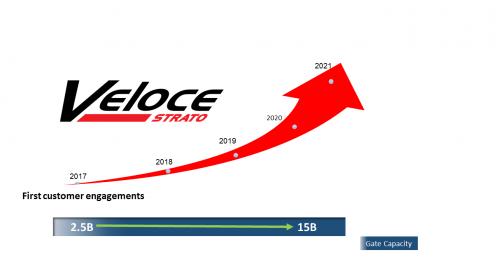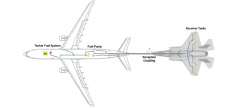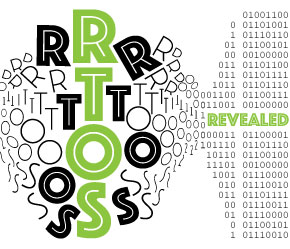Essential Reading: Emulation, Design for Safety, Silicon Bring-Up, 1D & 3D Simulation, and Embedded Systems
- Mentor Plays for Keeps in Emulation
- Why Auto Designs Take So Long
- Accelerate Silicon Bring-up in A Bench-top Environment
- Simulating and Analyzing Flow for an Air-to-Air Refueling System
- Inter-task Communication and Synchronization
Mentor Plays for Keeps in Emulation
SemiWiki
 The Veloce Strato platform lays out a path to support scalable emulation of 15 billion gates over the next five years and beyond. Veloce Strato is also the only emulation platform with full scalability across both software and hardware.
The Veloce Strato platform lays out a path to support scalable emulation of 15 billion gates over the next five years and beyond. Veloce Strato is also the only emulation platform with full scalability across both software and hardware.
Why Auto Designs Take So Long
Semiconductor Engineering
 In automotive, a design for safety methodology is key for cutting design costs and time-to-market. However, many of these methodologies are still works in progress. There currently isn’t one path that developers are taking on the hardware or software side.
In automotive, a design for safety methodology is key for cutting design costs and time-to-market. However, many of these methodologies are still works in progress. There currently isn’t one path that developers are taking on the hardware or software side.
Accelerate Silicon Bring-up in A Bench-top Environment
Tech Design Forum
![]() Silicon bring-up can be cumbersome, especially for very large designs with complex design-for-test (DFT) structures. Featuring a case study from Cypress Semiconductor, learn how a new software-led flow lowers silicon bring-up costs and speeds up diagnosis of the root cause of test pattern failures.
Silicon bring-up can be cumbersome, especially for very large designs with complex design-for-test (DFT) structures. Featuring a case study from Cypress Semiconductor, learn how a new software-led flow lowers silicon bring-up costs and speeds up diagnosis of the root cause of test pattern failures.
Simulating and Analyzing Flow for an Air-to-Air Refueling System
Aerospace & Defense Technology
 Designing a safe and effective air-to-air refueling system is a challenge for aerospace engineers. Combined 1D and 3D computational fluid dynamics (DFD) simulation allows engineers to quickly test early in the design cycle many scenarios and reduce costs and development time.
Designing a safe and effective air-to-air refueling system is a challenge for aerospace engineers. Combined 1D and 3D computational fluid dynamics (DFD) simulation allows engineers to quickly test early in the design cycle many scenarios and reduce costs and development time.
Inter-task Communication and Synchronization
Embedded.com
 In an embedded application, tasks have a degree of independence, but that doesn’t mean they are not “aware” of one another. Colin Walls examines the various facilities that an RTOS may offer to accommodate communication between and synchronization of tasks.
In an embedded application, tasks have a degree of independence, but that doesn’t mean they are not “aware” of one another. Colin Walls examines the various facilities that an RTOS may offer to accommodate communication between and synchronization of tasks.
